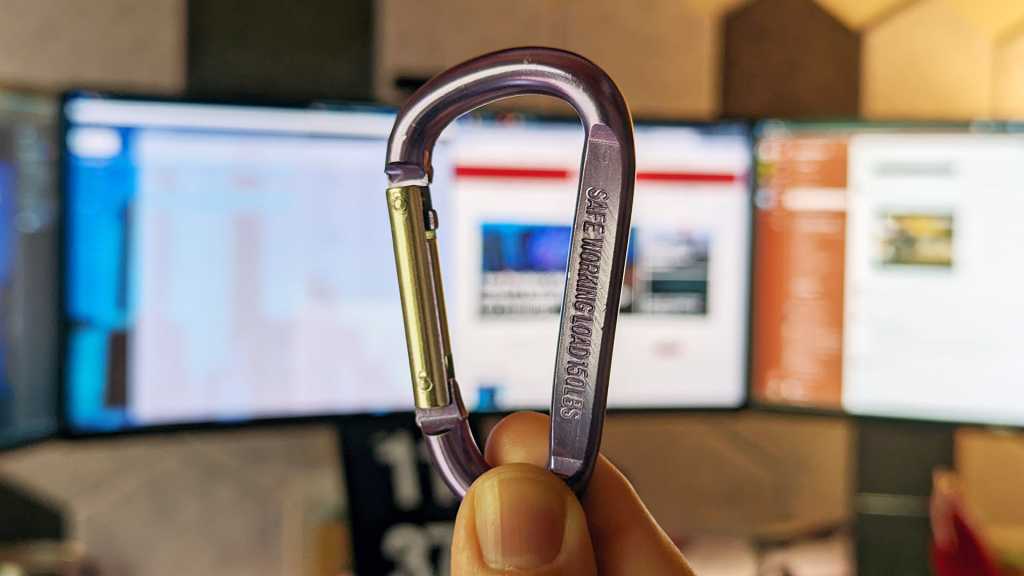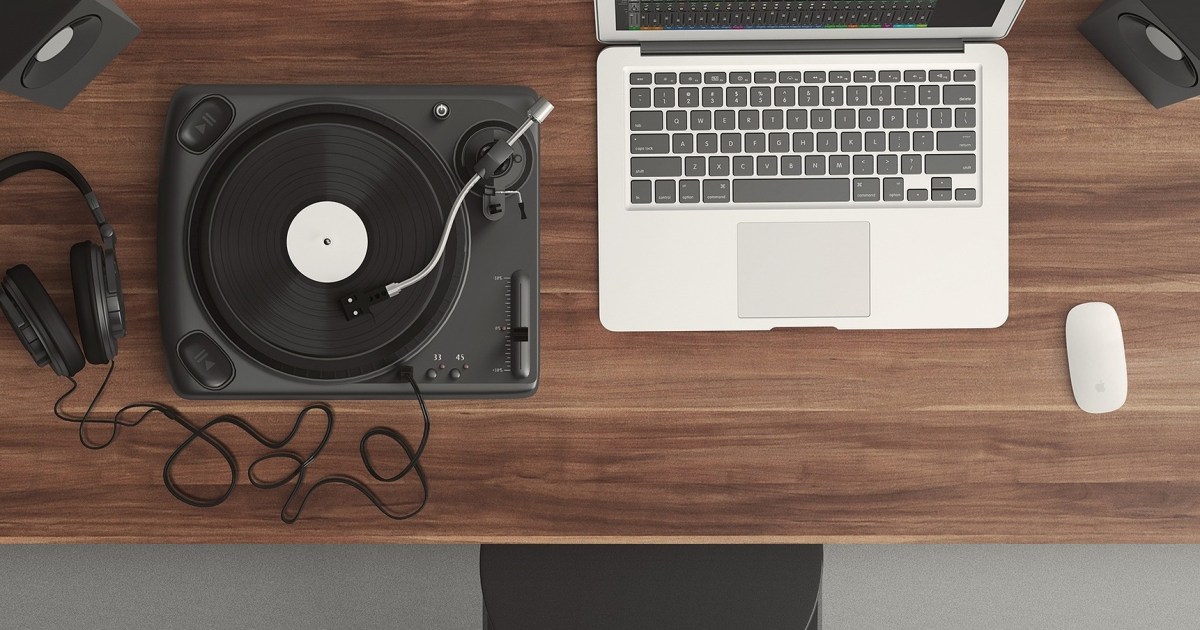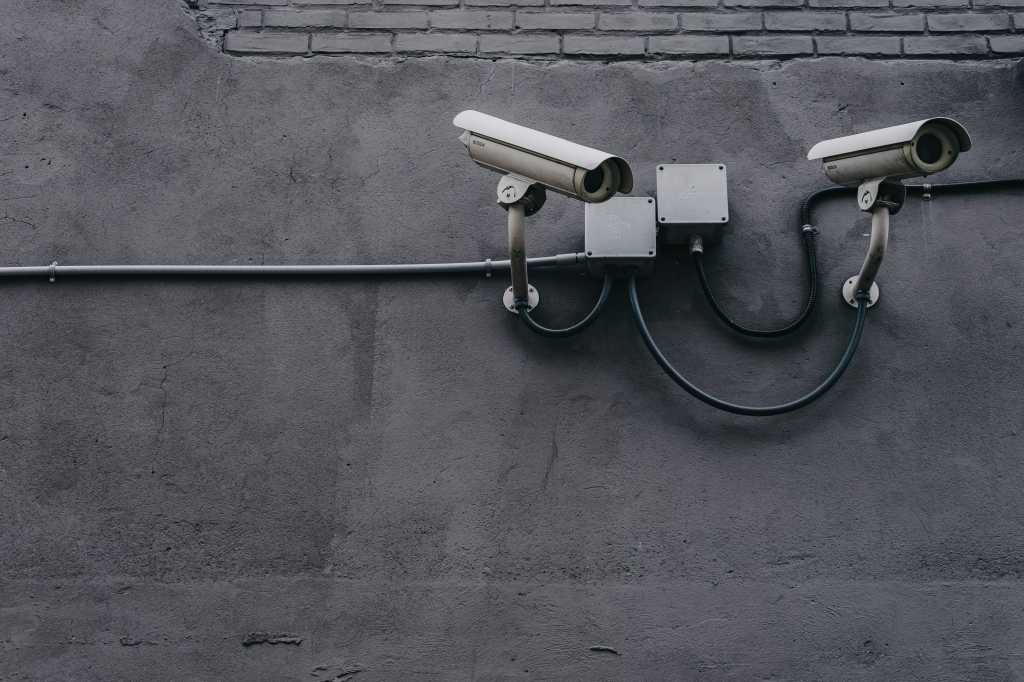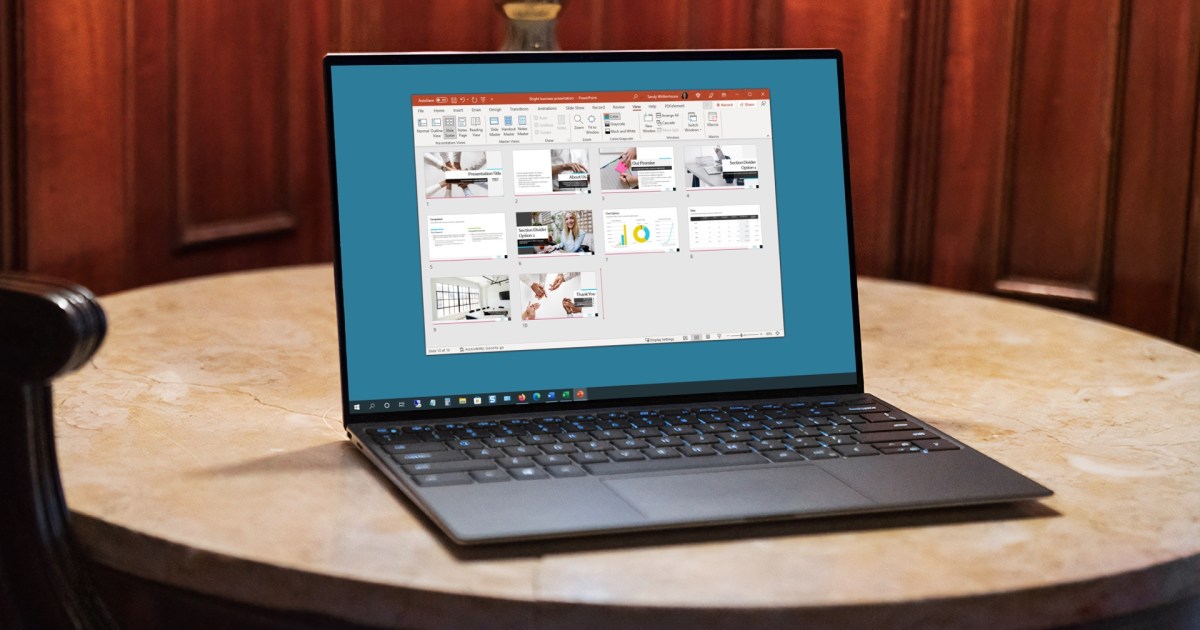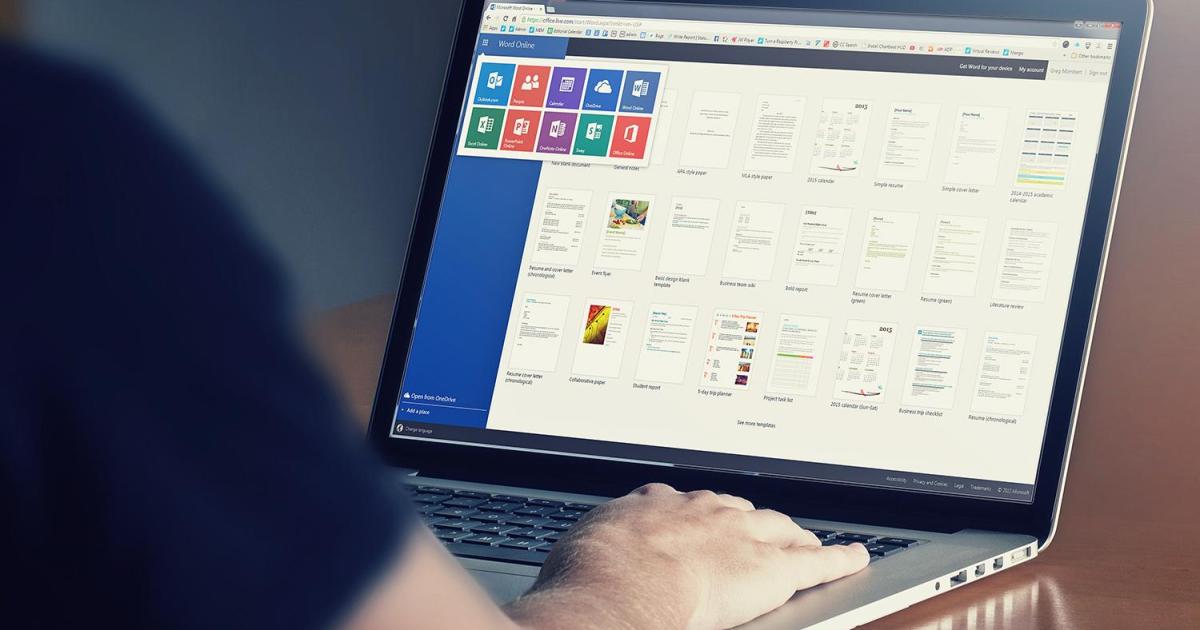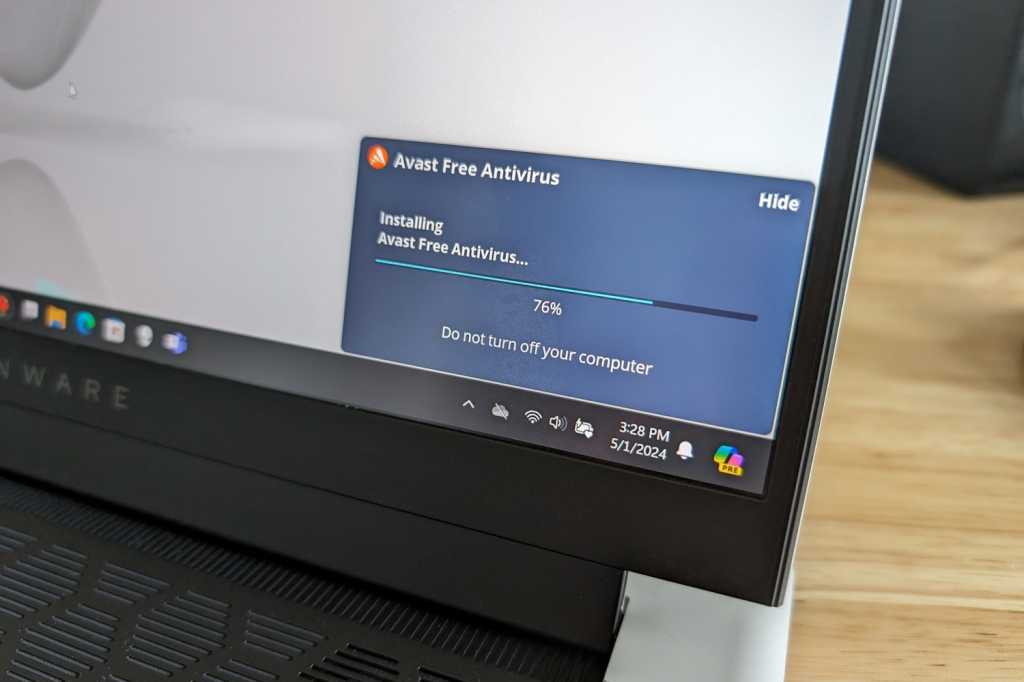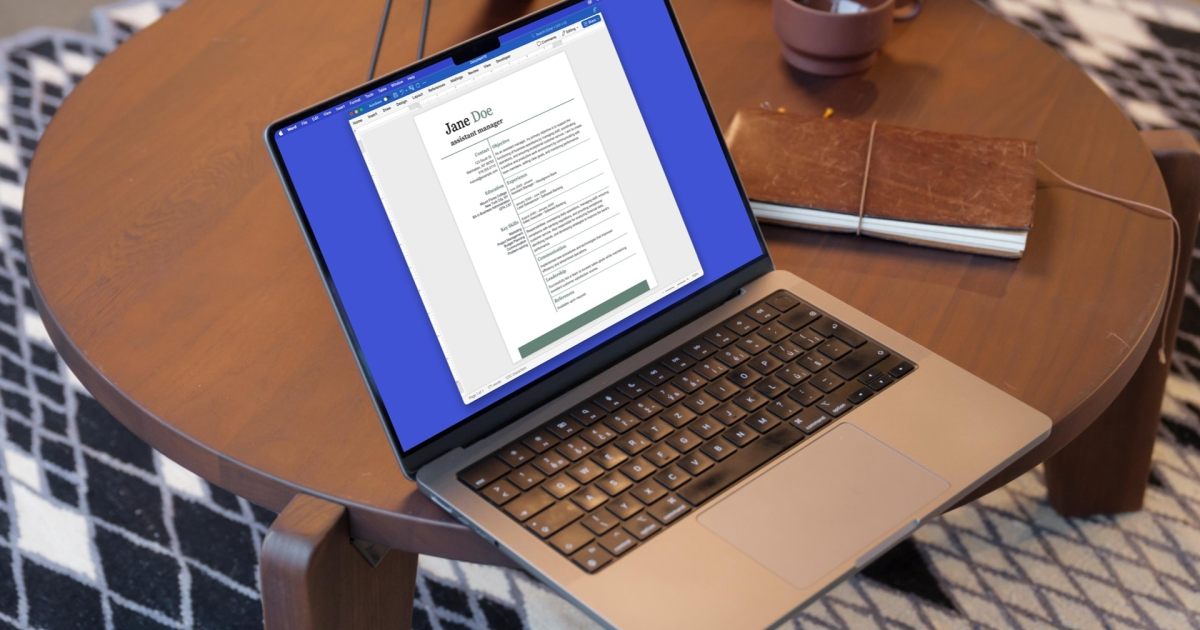As someone who spends countless hours at my desktop, both for work and leisure, I’m constantly seeking ways to optimize my setup. Like many “battlestation” enthusiasts, I’ve tried countless gadgets and organizational tricks. But the most effective solution for managing my ever-growing collection of cables? A simple carabiner.
While I strive for a wireless workspace, the reality is that cables are inevitable. Charging keyboards, mice, headsets, and other peripherals, along with transferring data, requires a constant rotation of connections. Even with meticulous cable management, the need for quick access to specific cables remains.
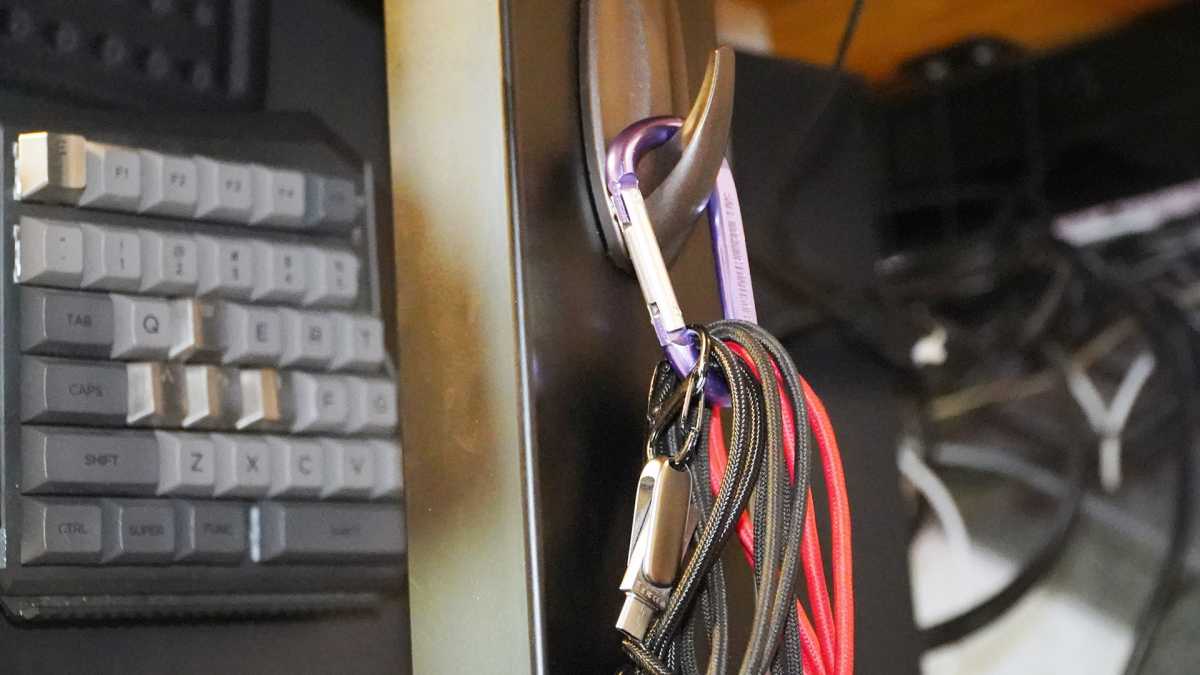 carabiner on hook with cables
carabiner on hook with cables
My solution is a DIY cable “key ring.” I gather my most frequently used data and charging cables, loosely loop them together, and secure them with a simple knot to prevent tangling. Then, I attach the looped end to a carabiner, which hangs conveniently on a hook affixed to my standing desk.
This “key ring” currently holds four essential cables and a flash drive. It includes a MicroUSB-to-USB-A cable (with Razer’s proprietary connector) for my Razer Naga Pro mouse and custom keypad; two USB-C-to-USB-A cables for charging phones, tablets, and other devices; and a USB-C-to-USB-C cable for high-speed data transfer from my camera or programming my Keychron keyboard.
I previously included a MiniUSB-to-USB-A cable for my Yeti microphone, but a permanent adapter eliminated that need, further streamlining my setup.
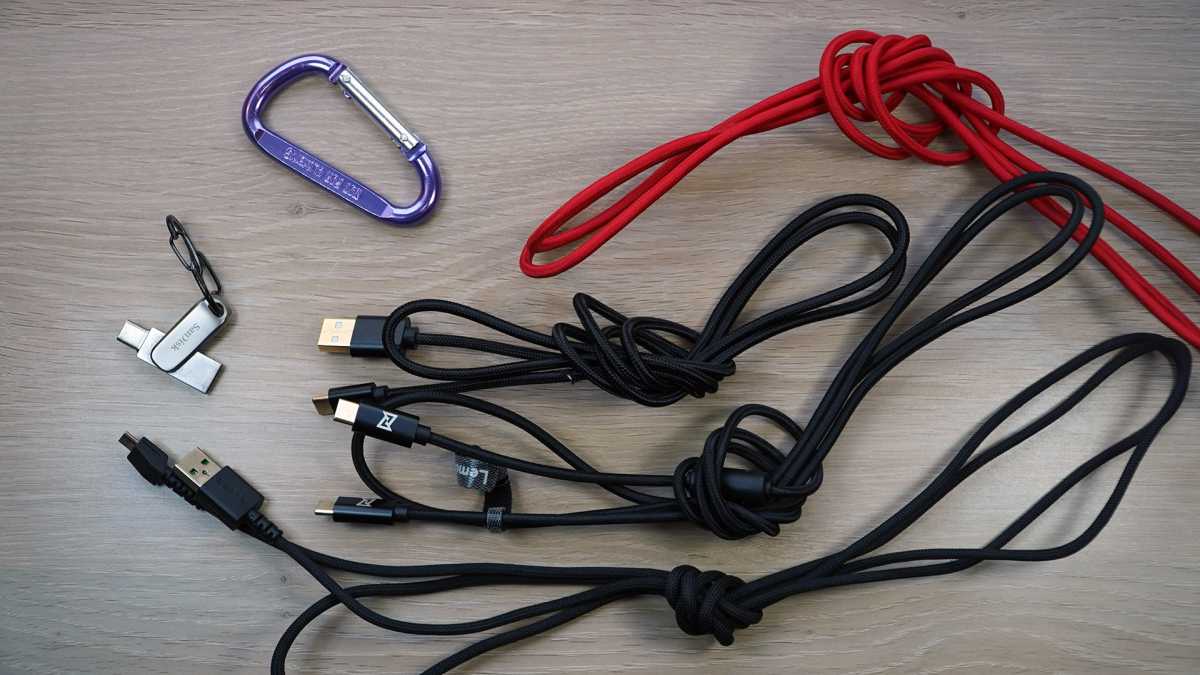 carabiner cables
carabiner cables
Along with a camera card reader, this system covers almost all my connectivity needs. It saves me the frustration of rummaging through drawers filled with tangled cables. Each cable is readily accessible, easily detachable via the carabiner, and often usable without even untying the bundle.
Some argue that looping and tying cables can lead to wear and tear. While this might be true in theory, in over two decades of working with computers, I’ve rarely encountered cables damaged from regular use. Furthermore, these cables are inexpensive and easy to replace, and they don’t carry dangerous levels of current.
I highly recommend this method to anyone who uses a desktop PC with multiple wireless peripherals. A carabiner is likely readily available (Nite-Ize offers a more robust option), and a sturdy hook is a minimal investment. This simple trick will undoubtedly save you time and hassle in your quest for the perfect cable management solution.



